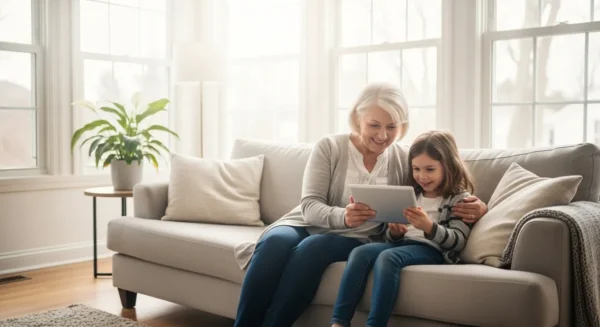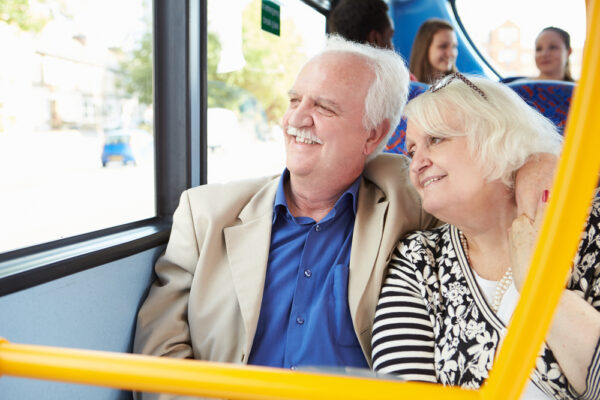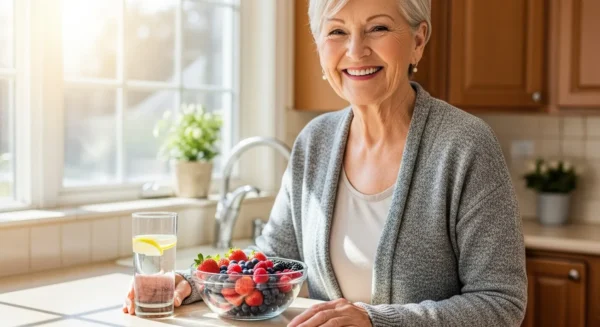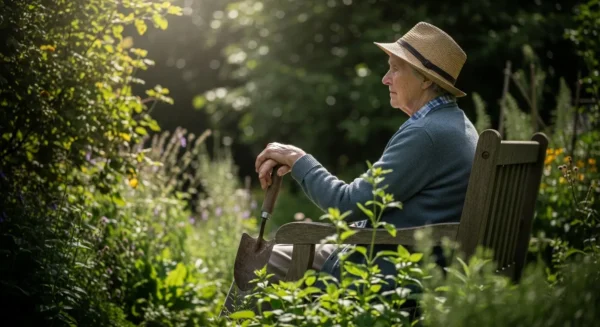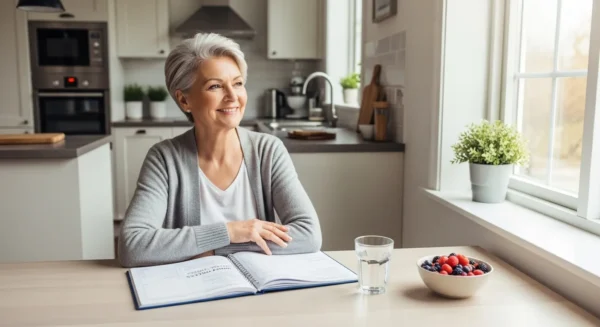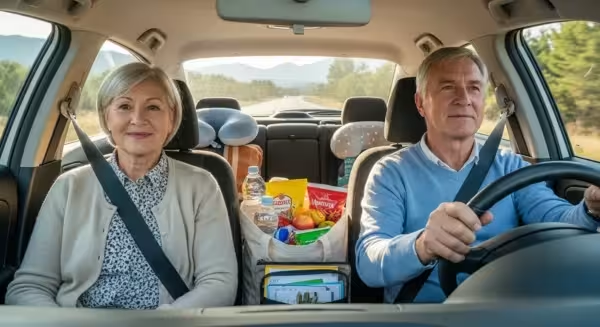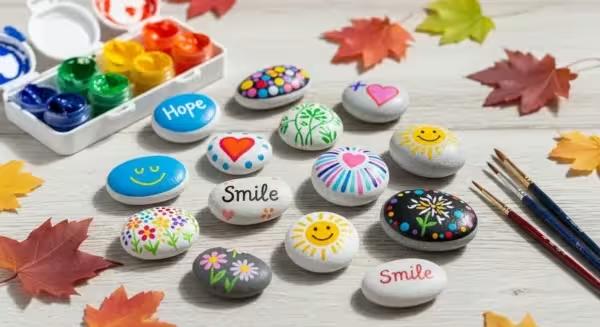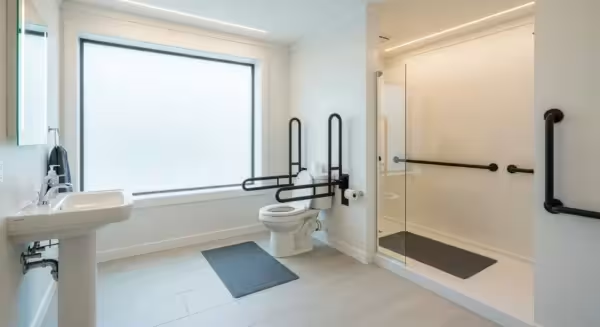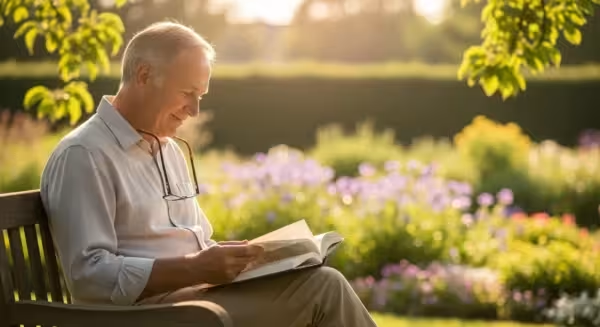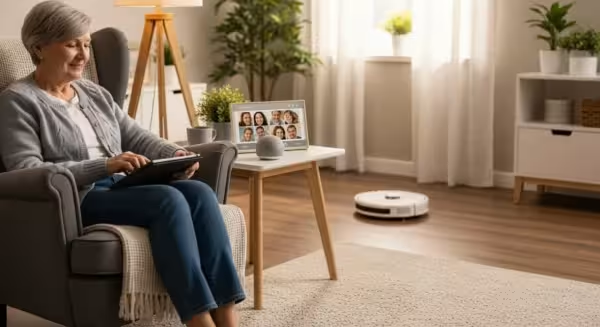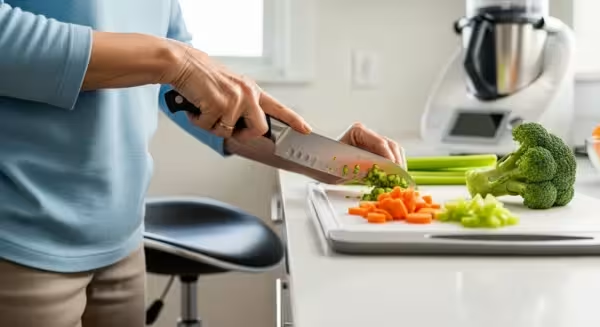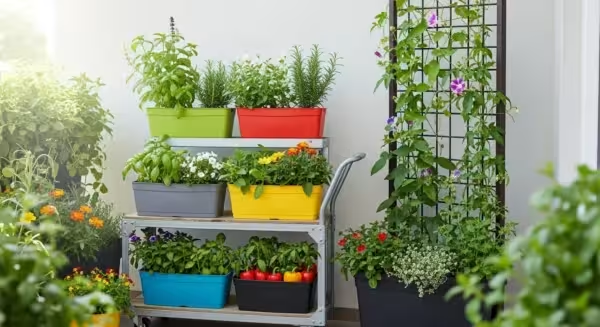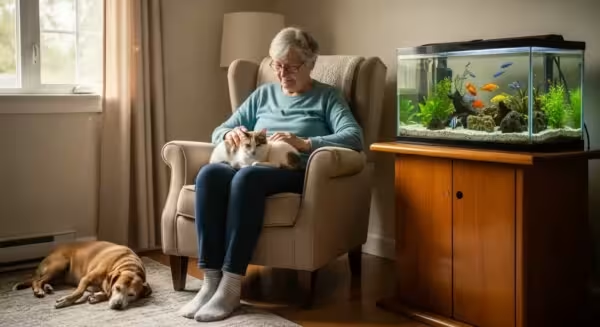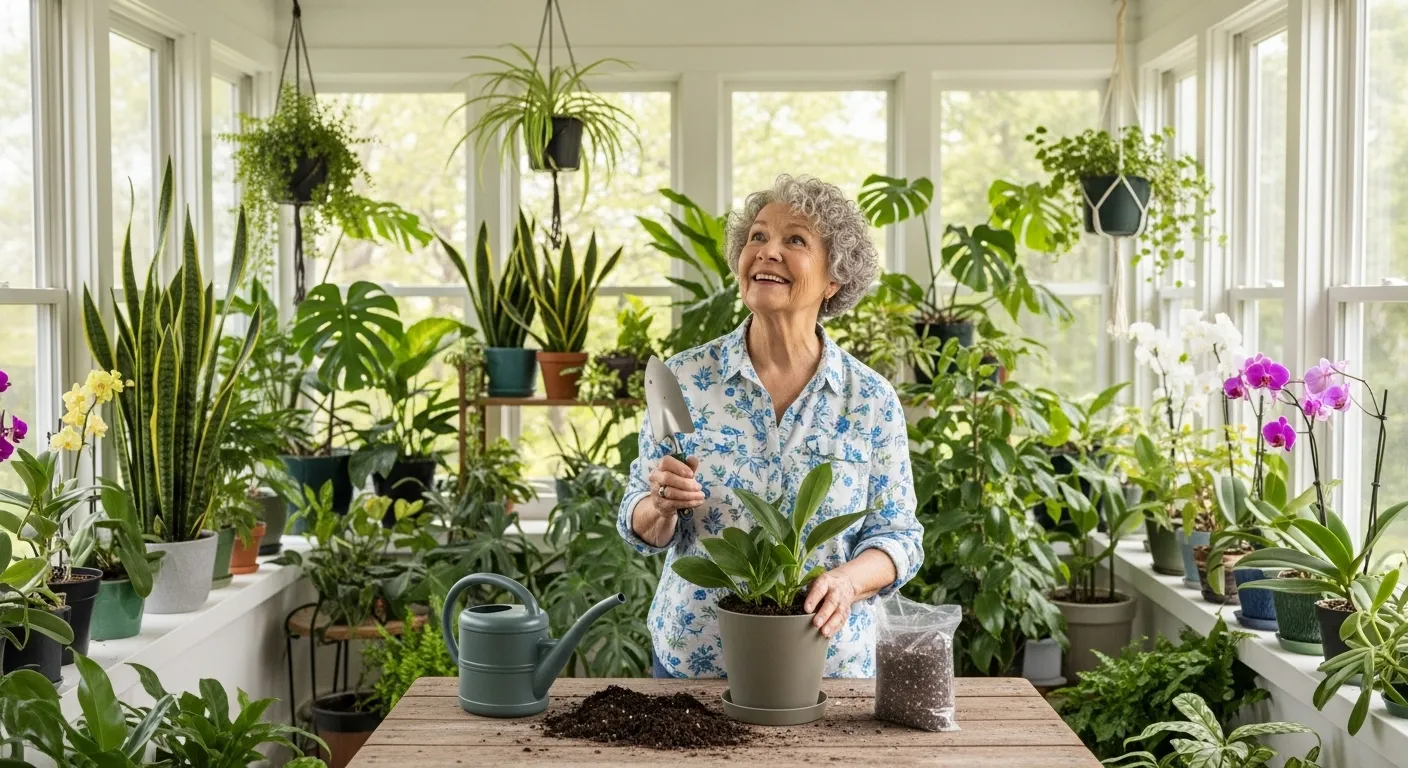
As we age, the conversation around health often focuses on managing chronic conditions and maintaining mobility. While these are incredibly important, a truly fulfilling and long life is also built on a foundation of proactive, often simple, daily habits. At HelpfulResourcesforSeniors.com, we believe that healthy aging is about more than just avoiding illness; it’s about cultivating vitality, joy, and resilience. This article explores seven underrated wellness practices that can significantly contribute to your longevity and quality of life.
These are not complex medical treatments or strenuous workout regimens. Instead, they are gentle, accessible habits that address the interconnectedness of your physical, mental, and emotional well-being. By incorporating these into your life, you empower yourself to take an active role in your health journey, fostering a sense of independence and vitality for years to come. Remember, it is always essential to discuss any new health practices with your doctor to ensure they are right for you.
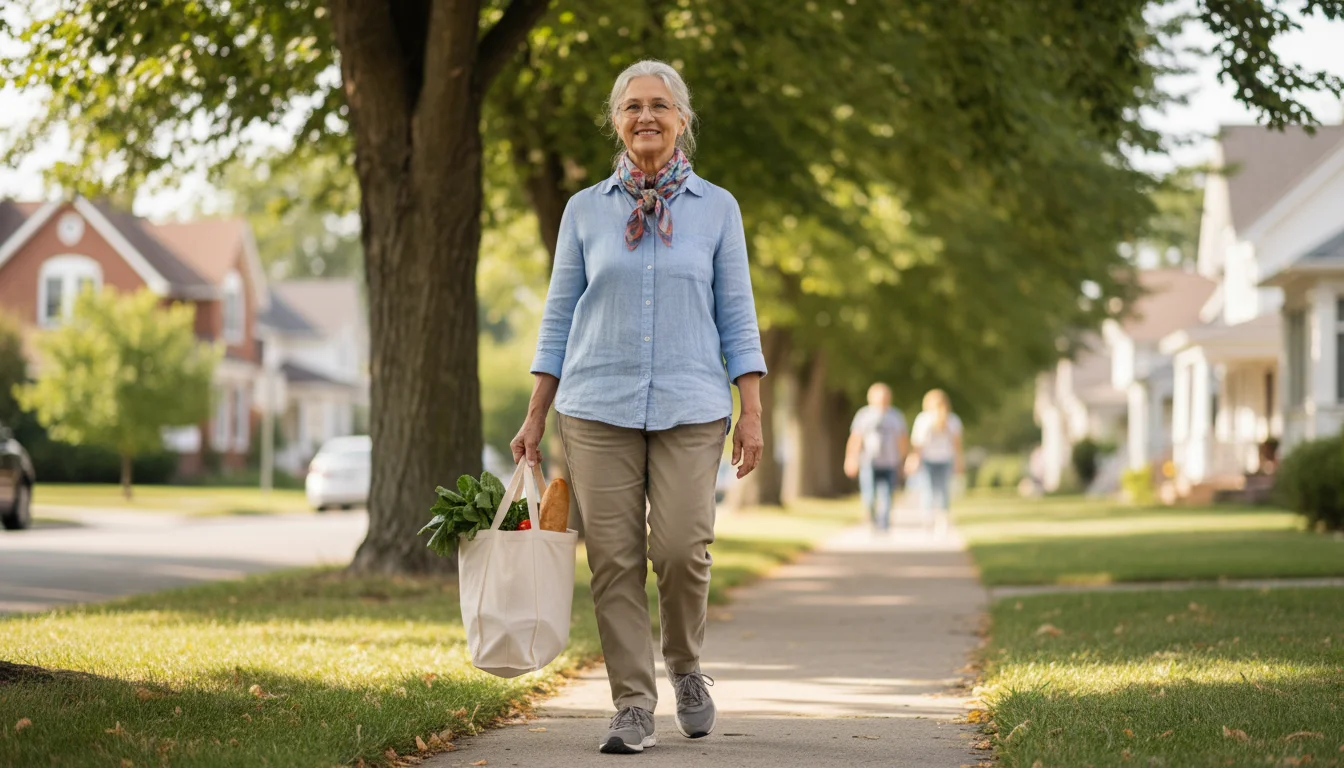
Practice 1: Cultivating a Strong Grip
It may sound surprising, but the strength of your handshake can be a powerful indicator of your overall health and longevity. Numerous studies have shown a strong link between grip strength and a reduced risk of cardiovascular disease, as well as lower all-cause mortality. A firm grip is not just about opening jars; it reflects your overall muscle health, which is crucial for balance, mobility, and preventing falls—a major concern for senior wellness.
Understanding the Benefits: Stronger hands and forearms mean you can carry groceries, hold onto railings, and perform daily tasks with greater ease and confidence. This functional strength is a cornerstone of maintaining independence. The muscles involved in grip are part of a larger system, and weakness here can signal a general decline in muscle mass (sarcopenia) that affects the entire body.
How to Practice Safely: You don’t need heavy weights to improve your grip. Start gently.
- Stress Ball Squeezes: Use a soft stress ball or a piece of therapeutic putty. Squeeze it firmly for 3-5 seconds, then relax. Aim for 10-15 repetitions with each hand. Do this a few times a week, but not on consecutive days to allow for muscle recovery.
- Towel Wrings: Take a small hand towel, roll it up, and hold it with both hands. Twist the towel in opposite directions as if you are wringing out water. Hold the tension for a few seconds and then reverse the direction.
- Farmer’s Walk (Modified): Simply carrying your grocery bags from the car to the house is a form of this exercise. Focus on maintaining good posture—shoulders back, head up—and a firm grip on the handles.
Consult a Doctor If: You experience sharp pain in your hands, wrists, or forearms during these exercises. If you have arthritis or carpal tunnel syndrome, speak with your doctor or a physical therapist before starting a new grip-strengthening routine. They can recommend modifications that are safe for you.
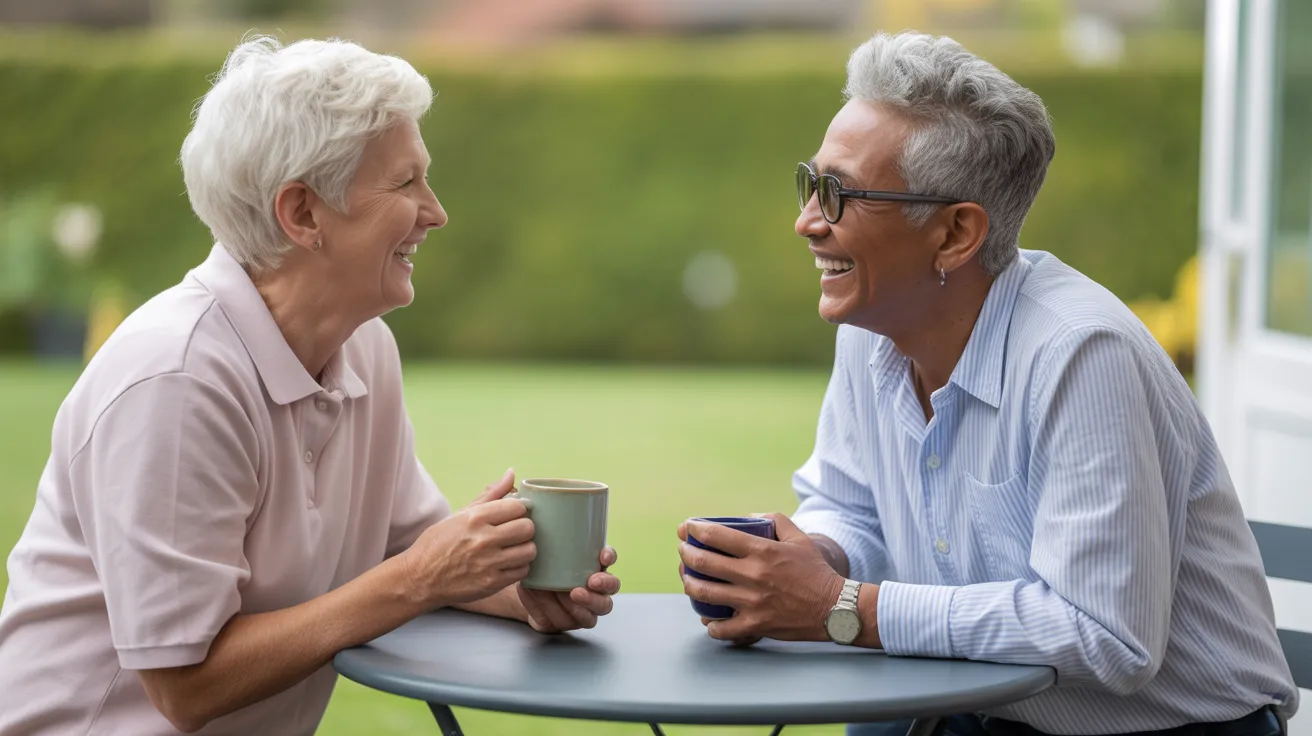
Practice 2: The Power of Social “Snacking”
We often think of social interaction in terms of big events: family dinners, weekly club meetings, or community gatherings. While these are wonderful, the concept of “social snacking” focuses on the value of small, frequent, positive interactions throughout your day. Loneliness and social isolation are significant health risks for older adults, linked to a higher risk of depression, cognitive decline, and heart disease. Social snacking is a simple and effective antidote.
Understanding the Benefits: These brief moments of connection trigger the release of hormones like oxytocin, which can lower stress and create feelings of trust and well-being. They remind you that you are part of a community, which is fundamental to emotional health. For those with limited mobility, these small interactions can be a lifeline, making this a vital practice for healthy aging.
How to Practice Safely: The goal is quality over quantity. Safety, both physical and emotional, is paramount.
- Chat with the Cashier: Instead of rushing through the checkout line, make eye contact, smile, and ask the cashier how their day is going.
- Greet Your Neighbors: When you collect your mail or step outside, make a point to wave and say hello to neighbors you see.
- Make a Quick Phone Call: Think of a friend or family member you haven’t spoken to in a while and call them for a quick five-minute chat just to say hello. No agenda is needed.
- Engage in Online Communities: If leaving the house is difficult, find a safe, moderated online group focused on a hobby you enjoy, like gardening, book clubs, or classic films.
Consult a Doctor If: You find that social interactions, even small ones, consistently cause overwhelming anxiety or feelings of depression. A mental health professional can provide support and strategies. Information from the National Institute of Mental Health (NIMH) can be a valuable starting point for finding help.
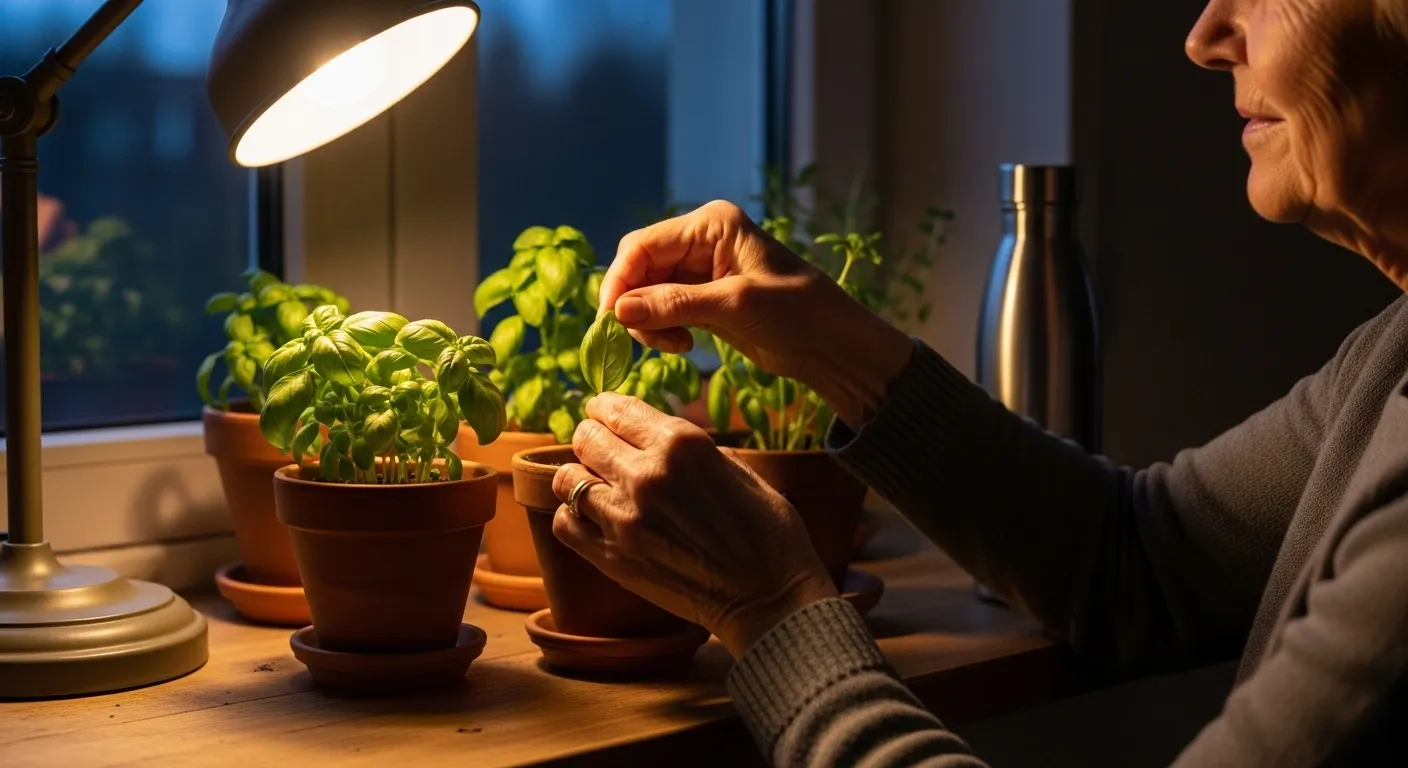
Practice 3: Mindful Hydration
Staying hydrated is advice we hear all the time, but for seniors, it’s especially critical. As we age, our sense of thirst can diminish, meaning we may not realize we are dehydrated until we are already experiencing negative effects like dizziness, confusion, or fatigue. Mindful hydration is about making water intake a conscious, consistent practice rather than an afterthought.
Understanding the Benefits: Proper hydration supports every bodily function. It aids digestion, regulates body temperature, lubricates joints, helps prevent kidney stones and urinary tract infections, and is crucial for cognitive function. Even mild dehydration can lead to confusion and increase the risk of falls.
How to Practice Safely: The key is to sip consistently throughout the day, not to gulp large amounts at once.
- Start Your Day with Water: Before you have coffee or tea, drink a glass of water. It helps rehydrate you after a long night’s sleep.
- Use a Designated Water Bottle: Keep a reusable water bottle with you at all times. If it has measurement markings, you can track your intake easily. Set a goal to finish it by a certain time.
- “Eat” Your Water: Many fruits and vegetables have high water content. Cucumbers, celery, watermelon, and strawberries are all excellent hydrating snacks.
- Set Reminders: Use a kitchen timer, a watch alarm, or your phone to remind you to take a few sips of water every hour.
Consult a Doctor If: You have been diagnosed with certain medical conditions, such as congestive heart failure, kidney disease, or liver disease. In these cases, your doctor may have given you specific fluid-restriction guidelines. It is essential to follow their medical advice precisely. Do not increase your fluid intake without their approval.
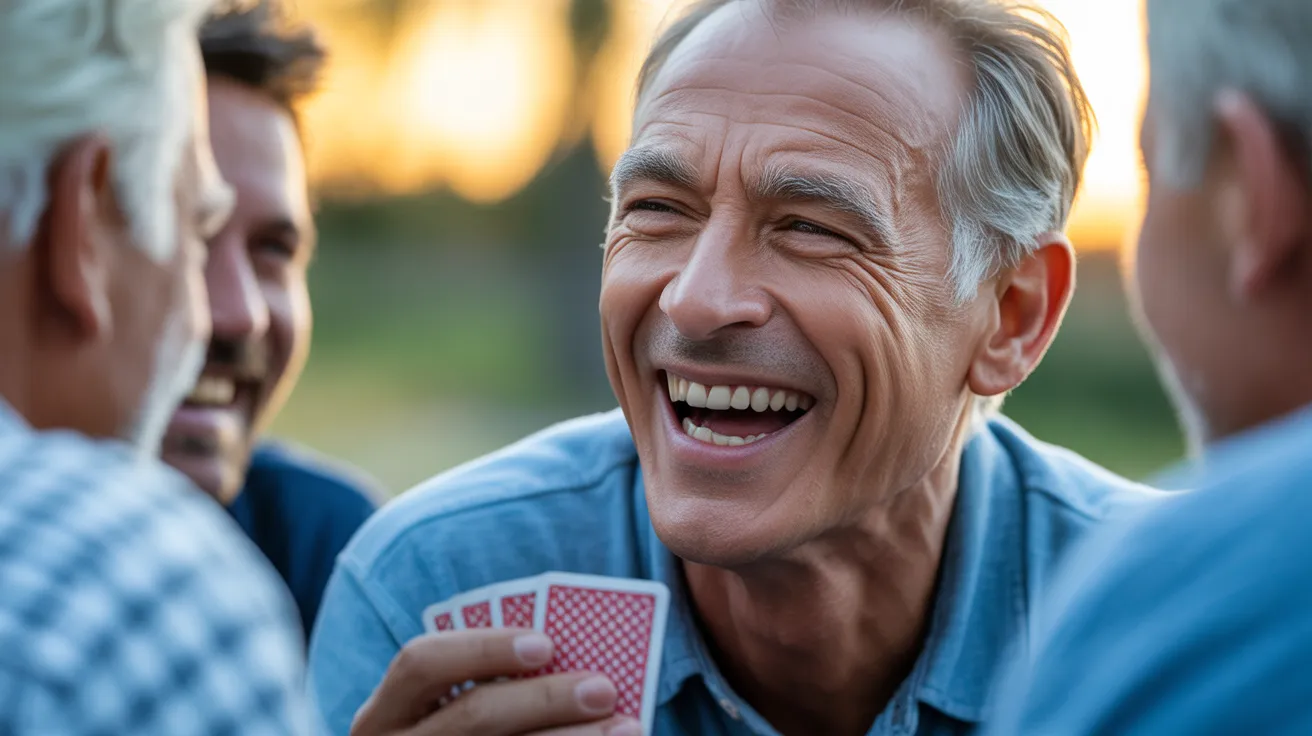
Practice 4: Practicing Gratitude
In our focus on physical health, it’s easy to overlook the profound impact of our mental and emotional state on longevity. Practicing gratitude is a simple yet powerful mental exercise that can shift your perspective from what’s wrong to what’s right. This isn’t about ignoring life’s challenges, but about actively noticing the good. This practice is a form of alternative health for the mind that has been shown to reduce stress, improve sleep, and boost overall happiness.
Understanding the Benefits: Gratitude helps lower levels of cortisol, the body’s primary stress hormone. Chronic stress contributes to inflammation and a host of health problems, from high blood pressure to a weakened immune system. By consciously focusing on the positive, you can foster a sense of calm and resilience that benefits your physical health.
How to Practice Safely: This is a gentle practice that can be adapted to any ability level.
- Keep a Gratitude Journal: Each evening, write down three to five things you are grateful for. They don’t have to be big things. It could be a sunny day, a warm cup of coffee, or a pleasant conversation.
- Express Your Thanks: Make it a point to thank someone every day. Thank the mail carrier, your spouse for a simple kindness, or call a friend to thank them for their friendship.
- Mindful Moments of Gratitude: Pause for a moment during your day. Take a deep breath and notice something you appreciate in your immediate surroundings—the comfort of your chair, the view from your window, the sound of birds singing.
Consult a Doctor If: You find it impossible to feel gratitude due to overwhelming feelings of sadness, hopelessness, or apathy. These can be signs of depression, a serious medical condition that requires professional evaluation and treatment. Seeking help is a sign of strength.
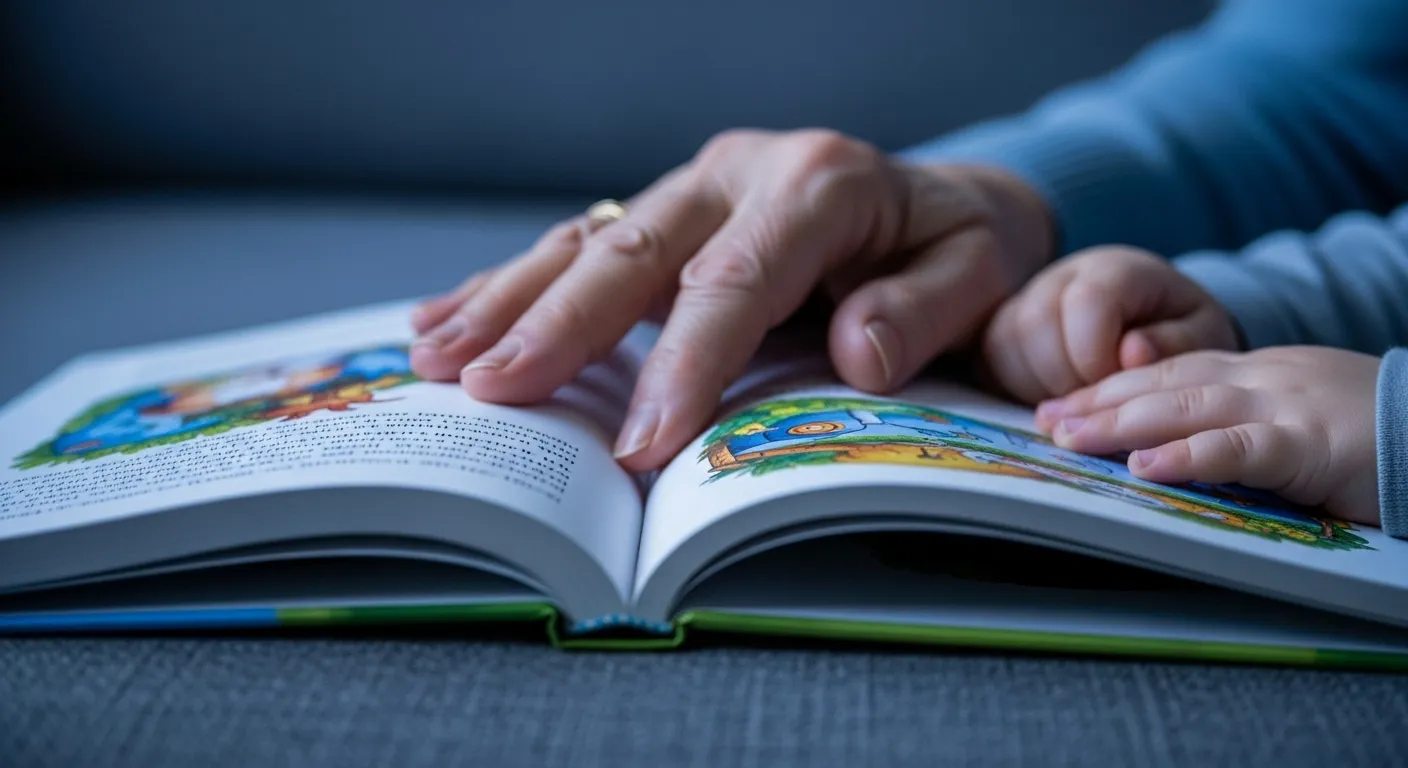
Practice 5: Forest Bathing (Shinrin-yoku)
This Japanese practice, called Shinrin-yoku, doesn’t involve any soap or water. It simply means immersing yourself in the atmosphere of a forest or natural environment. This isn’t about hiking for miles; it’s about walking slowly, engaging your senses, and being present in nature. For seniors, it’s a low-impact way to get gentle exercise and significant mental health benefits.
Understanding the Benefits: Spending time in nature has been scientifically shown to lower blood pressure, reduce stress hormone levels, and improve immune function. The simple act of looking at trees and greenery can have a calming effect on the nervous system. It’s a perfect example of how our environment can support healthy aging.
How to Practice Safely: Safety and comfort are the top priorities.
- Choose a Safe Location: Pick a familiar park or a nature trail with well-maintained, level paths. Avoid uneven or rocky terrain. Go with a friend or let someone know where you are going.
- Be Prepared: Wear comfortable, sturdy shoes with good traction. Bring a bottle of water, a cell phone, and any necessary medications. Dress in layers appropriate for the weather.
- Engage Your Senses: Walk slowly. What do you see? Notice the different shades of green. What do you hear? Listen for birdsong or the rustle of leaves. What do you feel? Feel the breeze on your skin. What do you smell? Breathe in the scent of the earth and trees.
- Find a Place to Sit: You don’t have to be moving the whole time. Find a comfortable bench and simply sit and observe your surroundings for 15-20 minutes.
Consult a Doctor If: You have mobility or balance issues. Ask your doctor or physical therapist to recommend safe places and walking aids (like a cane or walker) that might be appropriate for you. If you have severe allergies, check pollen counts and talk to your doctor before spending extended time outdoors.
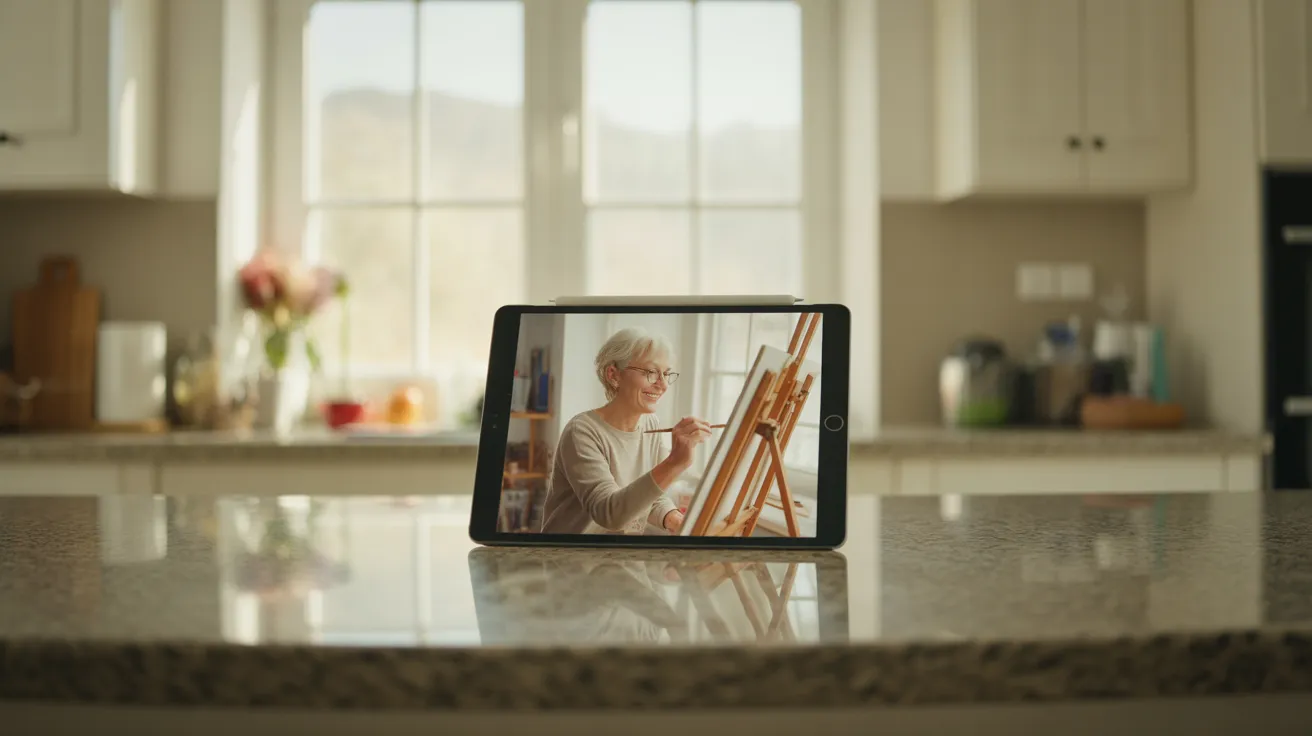
Practice 6: Finding and Nurturing a Sense of Purpose
Having a reason to get up in the morning is a powerful driver of longevity. A sense of purpose—whether it comes from volunteering, caring for a pet, learning a new skill, or being involved in family life—is strongly associated with better health outcomes. It gives life meaning and direction, which is crucial for senior wellness, especially after major life transitions like retirement or the loss of a spouse.
Understanding the Benefits: Studies show that adults with a strong sense of purpose have a lower risk of cognitive impairment, stroke, and heart attack. Purpose provides a buffer against stress and is linked to healthier behaviors, such as being more physically active and taking better care of oneself.
How to Practice Safely: Finding your purpose is a personal journey, not a race.
- Volunteering: Find a cause you care about. Local libraries, hospitals, animal shelters, or schools often have flexible volunteer opportunities.
- Mentoring: Share your lifetime of experience with a younger person. Organizations often look for mentors to help guide students or young professionals.
- Learning a New Skill: It’s never too late to learn. Take a community college class, learn a language online, or pick up a musical instrument you’ve always wanted to play.
- Small Acts of Service: Purpose doesn’t have to be a grand gesture. It can be as simple as baking for a neighbor, tending to a small garden, or being the person your family can count on for a listening ear.
Consult a Doctor If: You feel a persistent lack of interest or a sense of emptiness that you can’t shake. This “anhedonia,” or inability to feel pleasure, can be a symptom of depression and warrants a conversation with a healthcare professional.
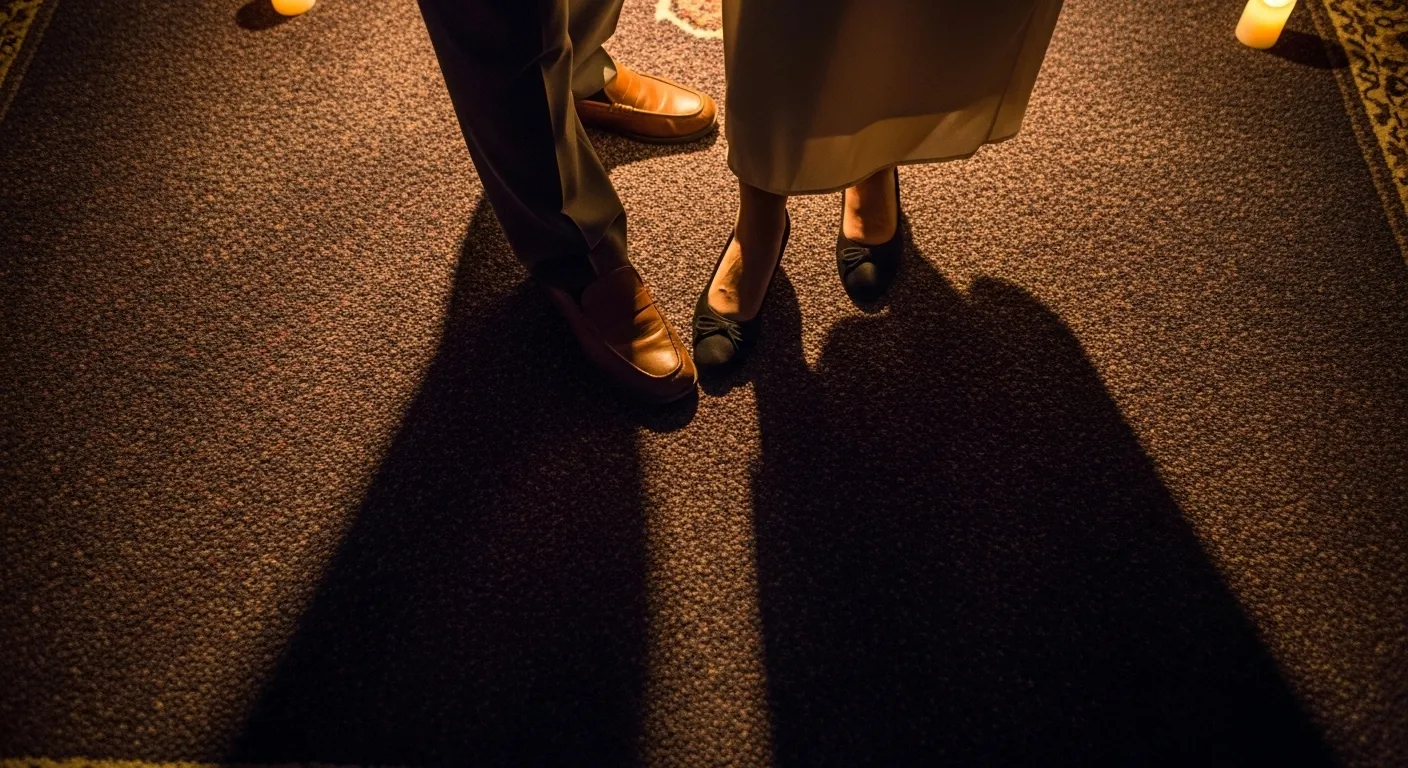
Practice 7: Prioritizing Sleep Hygiene
As we age, our sleep patterns can change. It might become harder to fall asleep or stay asleep. However, quality sleep is not a luxury; it’s a biological necessity for healthy aging. Sleep hygiene refers to the routines and environment that are conducive to restful sleep. It’s an often-overlooked area of senior wellness that can have a massive impact on your daytime energy, mood, and cognitive function.
Understanding the Benefits: During sleep, your body and brain repair themselves. Good sleep strengthens the immune system, consolidates memories, and helps regulate appetite and mood. Chronic poor sleep is linked to a higher risk of falls, dementia, obesity, and heart disease.
How to Practice Safely: Creating a consistent, relaxing bedtime routine is key.
- Stick to a Schedule: Go to bed and wake up at roughly the same time every day, even on weekends. This helps regulate your body’s internal clock.
- Create a Restful Environment: Make sure your bedroom is dark, quiet, and cool. Use blackout curtains or an eye mask if needed. A white noise machine can help block out disruptive sounds.
- Power Down Electronics: The blue light from TVs, tablets, and phones can interfere with the production of melatonin, the sleep hormone. Turn them off at least an hour before bed.
- Avoid Stimulants: Limit caffeine and alcohol, especially in the afternoon and evening. While alcohol might make you feel sleepy initially, it disrupts sleep later in the night.
Consult a Doctor If: Despite practicing good sleep hygiene, you consistently have trouble sleeping, wake up gasping for air, or experience excessive daytime sleepiness. These could be signs of a sleep disorder like insomnia or sleep apnea, which require medical diagnosis and treatment. Authoritative health information for seniors is provided by the National Institute on Aging (NIA) and the Centers for Disease Control and Prevention (CDC).

Frequently Asked Questions
1. Are these “alternative health” practices covered by Medicare?
Most of the practices listed, such as gratitude, social snacking, and hydration, are lifestyle habits and not medical treatments, so they don’t fall under insurance coverage. However, if you are discussing related issues with your doctor, such as seeing a physical therapist for grip strength or a psychologist for feelings of loneliness, those services may be covered. For specific questions about your plan, always refer to the official source at Medicare.gov.
2. I have very limited mobility. Which of these practices are best for me?
Many of these practices are perfect for those with limited mobility. Mindful hydration, practicing gratitude, nurturing a sense of purpose through phone calls or online learning, and social snacking are all easily done from home. Even grip strength can be practiced while seated. Always choose activities that feel safe and comfortable for your body.
3. How long does it take to see benefits from these practices?
The benefits vary. You might feel the calming effects of gratitude or forest bathing immediately. Other benefits, like an improvement in grip strength or the positive effects of consistent hydration, build up over weeks and months. The key is consistency. Think of these as long-term investments in your well-being.
4. Can I do all seven of these at once?
It’s wonderful to be enthusiastic, but it’s often more effective to start small. Trying to change too much at once can feel overwhelming. Choose one or two practices that resonate most with you and focus on incorporating them into your routine for a few weeks. Once they feel like a natural part of your day, you can gradually add another.
5. Is it safe to start these without talking to my doctor?
While most of these practices are very low-risk, it is always the safest and most responsible choice to discuss any new health or wellness routine with your doctor. This is especially important for practices involving physical activity (like grip strength) or changes in fluid intake, particularly if you have pre-existing health conditions.
Disclaimer: This article is for informational purposes only and does not constitute medical advice. The content is not intended to be a substitute for professional medical advice, diagnosis, or treatment. Always seek the advice of your physician or other qualified health provider with any questions you may have regarding a medical condition.
|
Fact-Checked Content
Our editorial team reviews all content for accuracy and updates it regularly. Learn about our editorial process →
|

